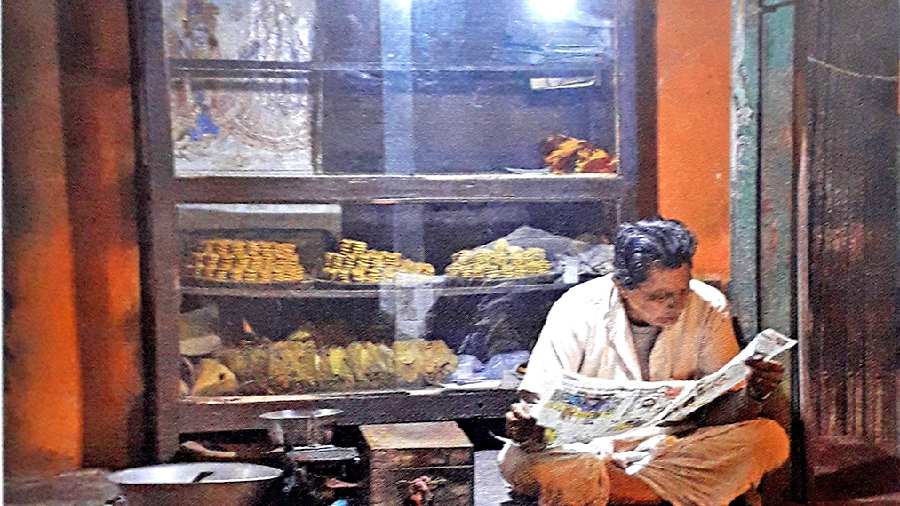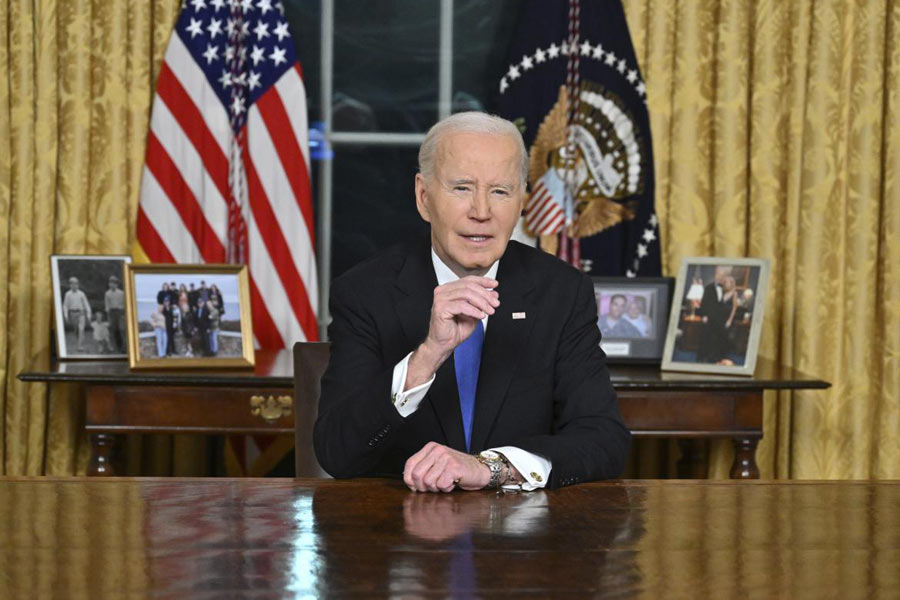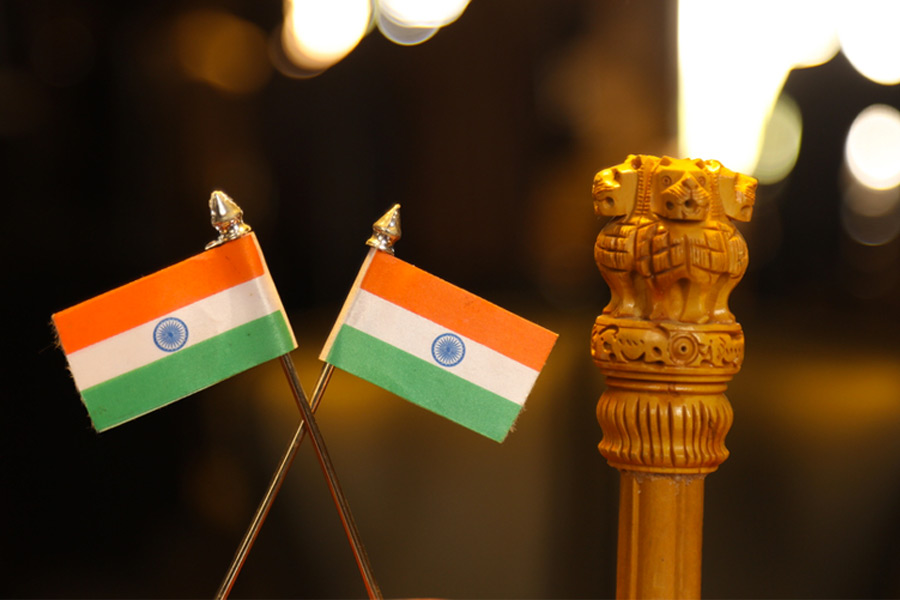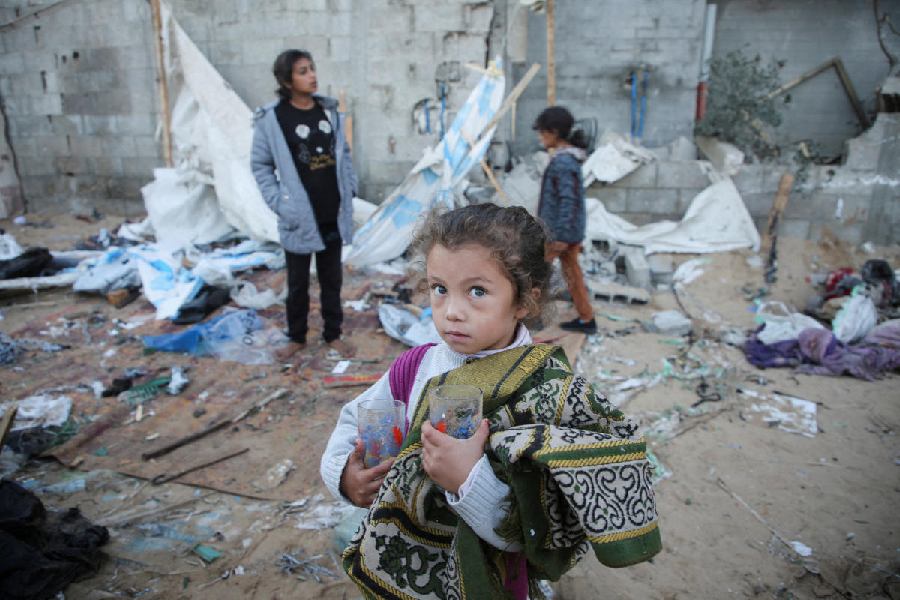Book: Calcutta On Your Plate
Author: Nilosree Biswas
Publisher: Rupa
Price: ₹395
“Khadya rashikh”, an expression to allude to the centrality of food and the eccentricities surrounding consumption in the life of the average Bengali, is a rather accurate term to describe the long and intricate relationship that Calcuttans share with gastronomy. Nilosree Biswas’s book is a meditation on this culinary journey that began more than 300 years ago when was still in its infancy. Biswas explores the shifting paradigms and power structures that shaped Calcutta and its sensibilities through the lens of its changing dietary practices to reveal that this journey was not only cultural but also social and political.
Cultural histories have been Biswas’s preoccupation. Here too, she attempts a historical deconstruction of the city and its diverse “gastronomic convergences”, with a special focus on mid-19th century Calcutta. The book begins with the strategisations by the East India Company agent, Job Charnock, in selecting Calcutta as the principal trading post in August 1690. This led to the inception of a vibrant haat culture and the introduction of new ingredients to the local cuisines. Biswas examines the influences of and the Calcuttans’ responses to three major cultures — Portuguese, British and Awadhi — but, mysteriously, omits the one from China.
Richly anecdotal, the book condenses colonial food history into four chapters with valuable citations from scholarly works by the likes of Lizzie Collingham, William Dalrymple, Utsa Ray and others. Biswas explores how non-native preparations, such as dum biryani, fish chops, puddings, began to be adopted — and adapted to — by the babus and the educated bhadralok. This, Biswas argues, was their exercise of “self-fashioning, for identifying themselves” in an aspirational culturescape.
The gastronomic opulence was best reflected in the wedding feast. Biswas writes: “... for an upwardly Bengali wedding of 1947, the list was long, with a total of nearly 138 items.” From luchi, pulao, kofta, mutton croquets, to alur jaihind and khirer mumlet, the menu was a testament to inclusivity. Interestingly, some recipes fell through the cracks. For instance, the kali gajar ka halwa or shahi tukda from the kitchen of Wajid Ali Shah failed to satiate even the eclectic Calcuttan.
Equally interesting is the discussion on the role played by women in the indigenisation of the food of the “[O] thers”. The advent of cookbooks, magazines and the incorporation of cooking in the school curriculum, Biswas writes, created unrealistic expectations of the bhadramohila becoming an ideal housekeeper.
Calcutta’s love affair with food continues. But the need for a historical engagement with food traditions eludes Calcuttans. Calcutta on your Plate aims to plug that breach.










